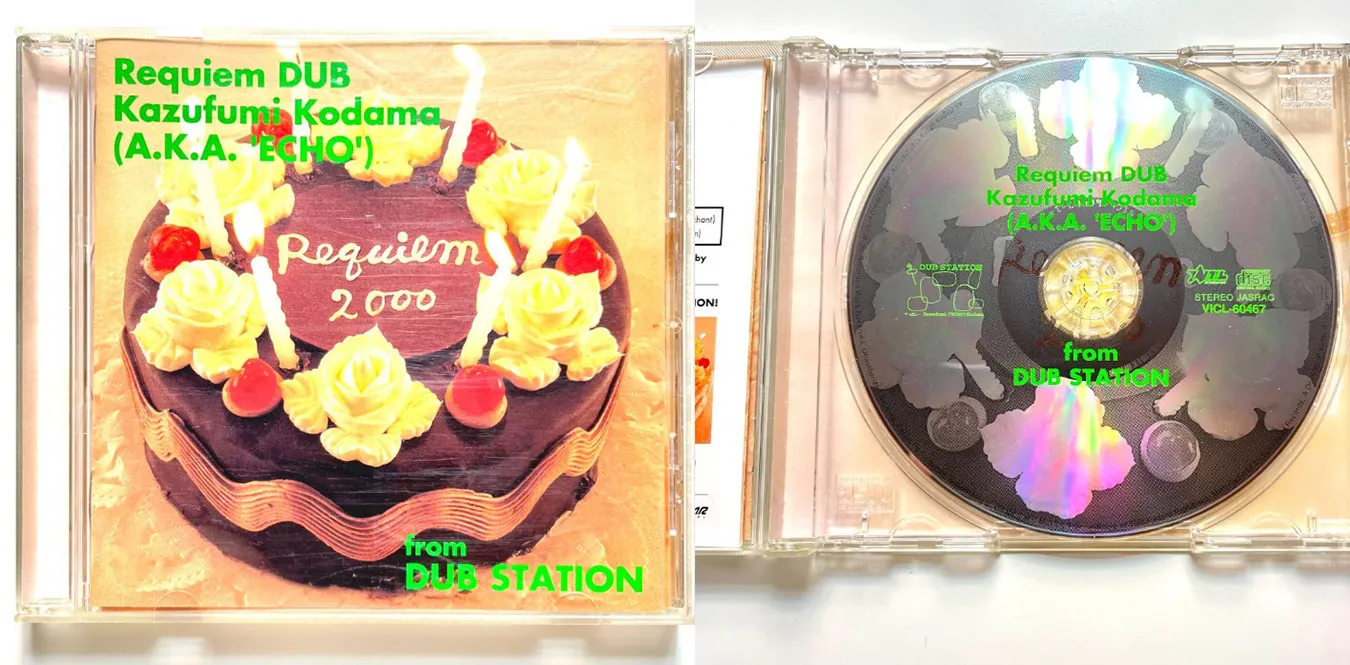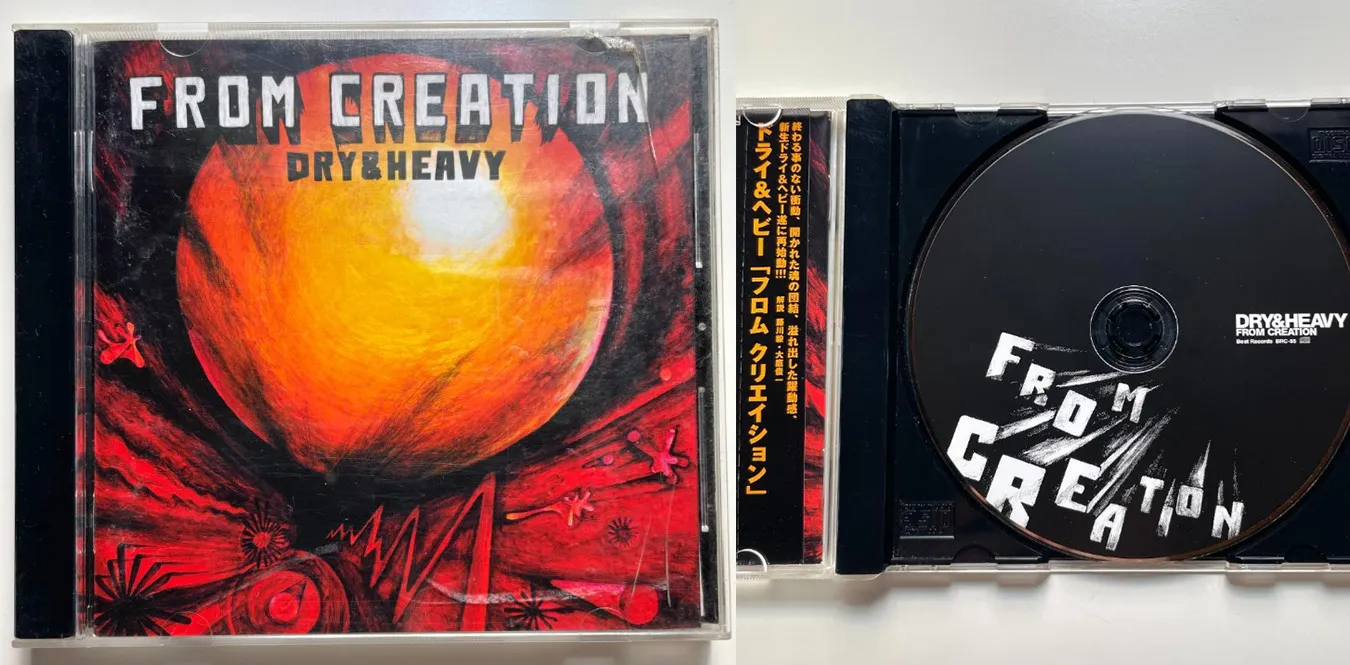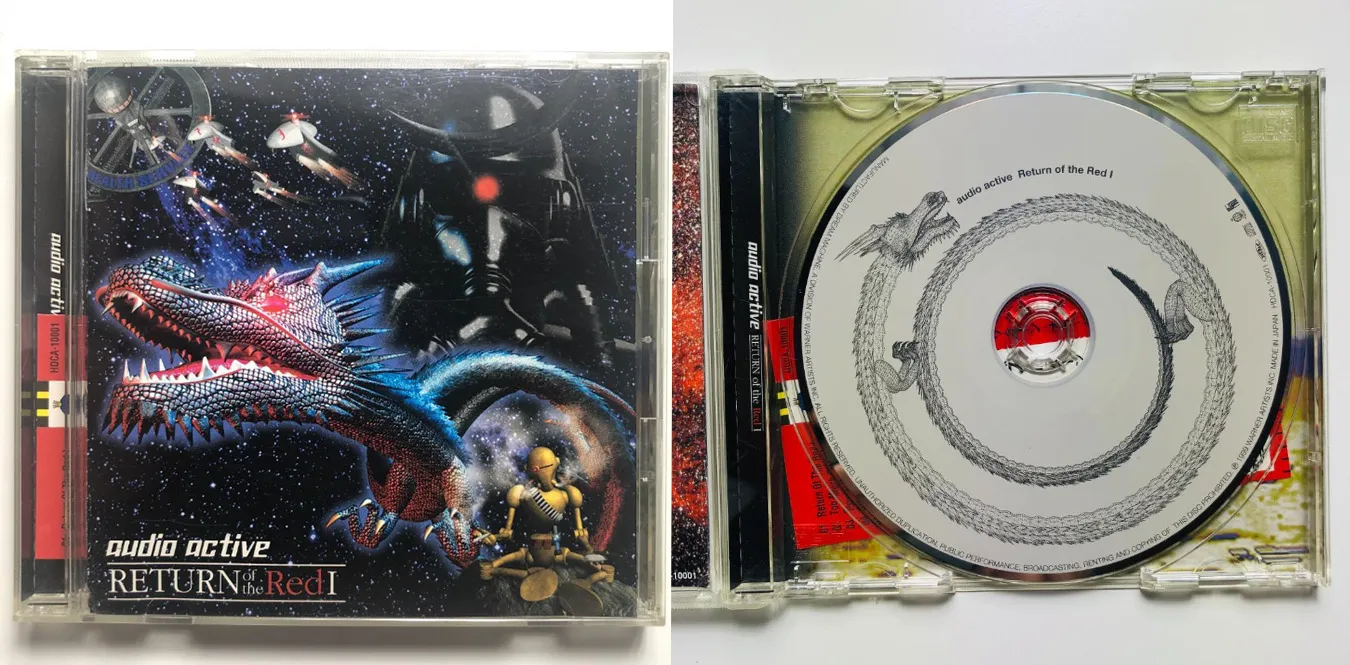[Column] Reggae music and cassette culture: the relationship between sound and material media spreading from Jamaica to the world
Column en Cassette Dub Reggae![[Column] Reggae music and cassette culture: the relationship between sound and material media spreading from Jamaica to the world](/../assets/images/column-reggae-tape-cassette.webp)
The connection between reggae and cassette culture
Text: mmr|Theme: Relationship between reggae and cassette culture based on the historical background
Reggae music is a musical style that originated in Jamaica in the late 1960s, and its rhythms and lyrics have been imbued with social and political messages. Its unique music distribution and enjoyment system centered on sound systems set it apart from the commercial record industry. The media called ““cassette tape’’ played an important role in this. Cassettes were cheap and easy to copy, and strongly connected local everyday life with reggae culture. Here, we will examine the relationship between reggae and cassette culture, taking into account the historical background.
Late 1960s to 1970s — Birth of reggae and sound system culture
-
Establishment of Reggae Reggae was established around 1968 after ska and rock steady. Lyrics with heavier rhythms, emphasis on bass, and messages became popular. It was also during this period that artists such as Bob Marley, Peter Tosh and Burning Spear became internationally known.
-
Role of sound system In Jamaica, it was difficult to own expensive record players and stereos, so huge sound systems, or groups of speakers installed on street corners, became the center of the musical experience. Producers and DJs independently played the latest 7-inch singles to appeal to the audience.
-
The advent of cassettes Compact cassettes, introduced in the early 1970s under the Philips standard, soon found their way into Jamaica. Although it was still in its early stages of popularity, local reggae fans and DJs began to pay attention to the potential of this small media.
1980s — The golden age of cassette culture and the spread of reggae
-
Popularization of cassettes In the 1980s, cassettes became the most popular music medium worldwide. Cheap and easy to carry, with the advent of playback devices such as radio-cassette players and Walkmans, it has become far more familiar than records.
-
Cassette recording in Jamaica At sound system events and dance halls, a culture was born in which live recordings were recorded on cassettes and immediately distributed. Although this had some bootleg aspects, it became an important mechanism for packaging and disseminating the enthusiasm of the field. For example, recordings of specific sound system confrontations (sound clashes) and later distributing them on cassette were a valuable means of sharing experiences for fans.
-
Diaspora and Cassette For Caribbean immigrant communities in Britain and the United States, the cassettes sent from Jamaica were a real-time medium that conveyed the ““current state of their homeland.’’ Through the mail and informal networks, Jamaica’s latest reggae and dancehall music quickly spread overseas.
1990s — Dancehall, digitization, and the persistence of cassettes
-
Rise of digital reggae After the debut of Sleng Teng in 1985, digital sound became mainstream and dancehall reggae spread around the world. With the mass production of riddims, the rise of MC culture, and the need for speedy distribution, cassettes continued to play an important role.
-
Cassettes and Local Economy While official CD releases were in place, unofficial cassette sales flourished on the streets of Jamaica. Mixtapes, sold at markets and food stalls, were a way for ordinary people to obtain the latest sound sources at low prices, and a means of self-promotion for DJs.
-
Relationship with Japan Japanese reggae fans and DJs also visited Jamaica in the 1990s and collected local cassettes. These recordings were distributed at club events and record shops, and were directly linked to the development of reggae culture in Japan. Imported cassettes played an important role, especially in the Shibuya and Osaka scenes.
After the 2000s — Memories of the digital age and cassette culture
-
Rise of CD and MP3 In the 2000s, CD-R and MP3 file sharing became mainstream, and cassettes gradually disappeared from the market. Music distribution via computers and the Internet has become established in Jamaica, and the role of the cassette as a physical medium has come to an end.
-
Reverberations of cassette culture However, the characteristics of cassettes, such as immediacy, on-site enthusiasm, and informal distribution networks, have been inherited by the digital mixtape culture and live recording archives on YouTube. Additionally, amidst the global trend toward a return to analog, there is also a movement to reevaluate cassettes.
-
Rethinking cultural significance More than just a recording medium, the cassette symbolized reggae’s community-oriented nature, grassroots information distribution, and outlaw independence. Through cassettes, reggae took root as ““their music’’ for the masses.
Recommended cassette recording collection list
A list of famous recordings that symbolize reggae cassette culture. These are not official records, but records that capture the excitement of the scene, and convey the atmosphere of the time most realistically.
| Title (recording name) | Year | Features |
|---|---|---|
| Stone Love Sound System Live @ Kingston | 1982 | A representative recording from the early days of Sound Clash. The audience’s cheers were also lively. |
| Killamanjaro vs. Black Scorpio Clash | 1985 | The tension of the sound showdown and the exchange of impromptu MCs. |
| Silverhawk Sound System 90”s Dancehall Set | 1992 | The craze of dancehall during the heyday of digital riddim was condensed. |
| Bass Odyssey Live in Clarendon | 1994 | Contains the vivid excitement of local events. |
| Stone Love Anniversary Party Tapes | 1997 | A commemorative cassette summarizing the highlights of the scene. |
Representative reggae artists by era
Organizes the sounds of representative artists closely related to cassette culture by decade.
| Era | Representative artists/sounds | Characteristics |
|---|---|---|
| 1970s | Bob Marley, Burning Spear, Augustus Pablo | Mainly records, but spread in the early days of cassettes. Roots reggae spirituality. |
| 1980s | Yellowman, Barrington Levy, Stone Love, Killamanjaro | The golden age of cassettes. A key figure in Sound Clash recording. |
| 1990s | Buju Banton, Beenie Man, Bounty Killer, Silverhawk | The golden age of dancehall. Cassette recordings spread to Japan and the UK. |
| 2000s | Sizzla, Capleton, Bass Odyssey | The night before digital distribution. The last enthusiasm of the cassette. |
| After 2010s | Chronixx, Protoje, Jah9 | Transition from cassette to digital. Reappraisal as cultural memory. |
History of cassette distribution in the Japanese reggae scene
The cassette culture that originated in Jamaica has had a major influence on the Japanese reggae scene since the 1980s. Alongside imported records, locally recorded cassettes became an extremely important source of information for Japanese fans and DJs.
-
1980s: Dawn At record stores in Shibuya, Tokyo, and Minami, Osaka, sound system recording cassettes brought back from Jamaica were being traded on an underground basis. These were not genuine products, but copies of ““live recordings’’ made locally in Jamaica, and supported the earliest dancehall experiences in the Japanese club scene.
-
1990s: The heyday of imported cassettes In the 1990s, when the number of Japanese reggae fans rapidly increased, local cassettes were indispensable as a way to learn about the latest riddims. It was brought home by travelers to Jamaica and sold at corners of record stores and event venues. Around CLUB JAH JAH in Osaka and CLUB Citta’ in Shibuya, cassettes functioned as the “front line of information.”
-
Introducing an independent mixtape As Japanese sound systems (Mighty Crown, Fire Ball, etc.) grew, they started releasing their own mixes on cassette. This led to the fusion of Japan’s unique reggae culture and styles imported directly from Jamaica.
-
After 2000s: CD-R and digitalization wave In the 2000s, CD-R and MP3 became mainstream, and cassettes gradually disappeared. However, some collectors and DJs still preserve their cassettes and digitize them to give back to the scene. These continue to have value as a vivid archive of reggae’s reception in Japan.
-
Cultural Significance The distribution of cassettes in the Japanese reggae scene was not just an “imported sound source” but a circuit for directly importing street music. Through cassettes, the Jamaican scene and Japanese clubs were connected, supporting the maturation of the local scene.
Chronology (parallel timelines of Jamaica and Japan)
The spread of reggae and cassette culture will be organized in parallel as movements within Jamaica and Japan.
| Age | Movements in Jamaica | Movements in Japan |
|---|---|---|
| 1968 | The birth of reggae. It changed from ska to rock steady, and a bass-based rhythm was established. | The existence of reggae has been introduced to a limited extent, and there is still almost no general recognition. |
| 1970s | Sound system culture expands. Compact cassettes begin to flow in. | Bob Marley is introduced through some music magazines and imported record stores. |
| 1980-82 | Cassette recording rapidly increased in the field of sound systems. Distributed on the street. | Some record stores in Tokyo and Osaka begin unofficially distributing cassettes brought back from Jamaica. |
| 1985 | The “Sleng Teng” riddim is introduced, and the digital age begins. Accelerates cassette recording. | The import of local recording cassettes by overseas travelers and DJs is increasing, and they are used in the club scene. |
| 1990-92 | The golden age of dancehall. Stone Love, Killamanjaro and others are popular. Cassettes have become an essential medium. | Mighty Crown formed (1991). Researched local cassettes and started working on a sound system unique to Japan. |
| 1994-96 | Sound Clash recordings are distributed worldwide. | Reggae events are popular mainly in Shibuya and Osaka Minami. Imported cassettes are a source of information on the latest riddims. |
| 1997-99 | The peak period of cassette culture. A large amount of on-site recordings are in circulation. | Japanese Sound System sells independently produced mix cassettes. Expanding the fan base. |
| 2000-05 | With the rise of CD-R and MP3, the decline of cassettes begins. | CD-Rs become mainstream in clubs and shops. However, in some areas, efforts to preserve cassette culture continue. |
| 2010s | Digital distribution is mainstream. Cassettes are being reevaluated as cultural memory. | Collectors and researchers digitize cassettes from the 90s. Re-evaluation continues. |
| 2020s | Cassette players and reprint releases appear in the context of analog return. | In Japan, research and reissue projects are being conducted to delve into “reggae cassette culture.” |
Representative events/club names (chronological table format)
| Age | Jamaica | Japan |
|---|---|---|
| 1970s | Reggae Sunsplash (1978~) | Grassroots event at a small club in Shinjuku |
| 1980s | Sting (1984~) | Shibuya club “Harlem” initial event |
| 1990s | Fully Loaded | Shibuya Citta”, Yokohama Bay Hall |
| 2000s | Rebel Salute | Yokohama Reggae Festival |
| 2010s~ | Reggae Sumfest | Shibuya Club Asia, Daikanyama Unit |
monumental-movement.jp: Cassette/Reggae related page list
| Page name | Format/tag | Announcement date/characteristics | Link |
|---|---|---|---|
| Bob Marley – Soul Almighty - The Formative Years Vol. 1 | Cassette, 90s / Reggae / Roots / Rocksteady | Remastered work including unreleased songs. Released as a cassette in the 90’s. :contentReference[oaicite:0]{index=0} | Bob Marley – Soul Almighty Vol.1 |
| Yellowman & General Trees – A Reggae Calypso Encounter | Cassette, Dancehall / Reggae | Yellowman + General Trees co-star. Strong aspects of dancehall reggae, including calypso elements. :contentReference[oaicite:2]{index=2} | Yellowman & General Trees – A Reggae Calypso Encounter |
| Yellowman – Rambo | Cassette, Dancehall / Reggae | Recorded in 1982. Yellowman’s signature toast style song. Comes with cassette. | Yellowman – Rambo |
Conclusion — The legacy of reggae and cassettes
The connection between reggae music and cassette culture is not just a technological historical event. There are
- Connecting music and society Grassroots network
- Diasporic communication that extends beyond nations and industries
- Immediacy and vividness as a “record of the scene”
- Development and maturation of local scenes in various regions including Japan
There are important aspects such as: Even in today’s digital age, the relationship between reggae and cassettes remains an essential reference point for understanding street-level music distribution and mixtape culture.




